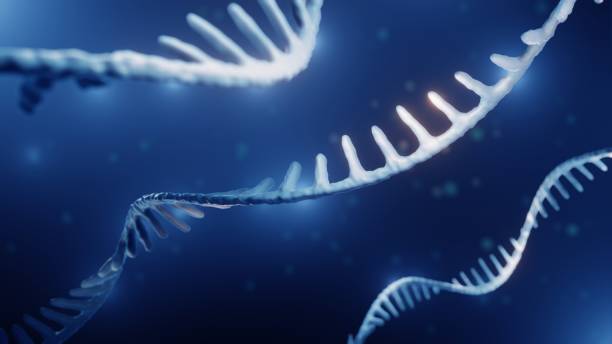Privacy considerations for sharing personal genetic information
Sharing DNA test results can reveal ancestry, health markers, and detailed genomic data. Before uploading or distributing genetic information, people should understand consent, data control, storage practices, and potential implications for relatives and research participants. This article outlines key privacy considerations to weigh.

Personal genetic information is distinct from most other personal data: it contains inherited traits, markers used for sequencing and interpretation, and links to relatives through lineage and genealogy. When people share DNA results—whether to learn about ancestry and heritage, contribute to research, or explore health risks—they expose data that could be persistent, re-identifiable, and meaningful to family members. Understanding how genome data is stored, who can access it, and what consent covers helps people make informed choices when using testing services or participating in studies.
How do genetics and genome data differ?
Genetics generally refers to the study of genes and how traits are inherited, while the genome is the full set of genetic material in an individual. Genome sequencing can reveal many markers used to infer ancestry, health predispositions, and carrier status. Different tests provide varying levels of detail: targeted genotyping looks at specific markers, whereas whole-genome sequencing analyzes the entire genome. The level of detail affects privacy risk: broader sequencing produces more data that could be reused or reanalyzed in the future, increasing potential for unanticipated findings or identification.
What privacy risks arise from ancestry and heritage data?
Ancestry and heritage reports typically use patterns in genetic markers to estimate lineage and geographic origins. Although presented as cultural or genealogical information, these results can indirectly reveal population-specific health variants and unique genetic signatures. Shared ancestry data can be combined with public records, social media, or genealogy databases to re-identify individuals or relatives. Data permanence is another concern: once uploaded to third-party services or public family trees, it may be difficult or impossible to fully remove, affecting privacy over the long term.
How can genealogy and lineage sharing affect relatives?
DNA connects more than just the test-taker: matching algorithms that identify relatives can implicate siblings, parents, children, and distant cousins. A person’s consent to upload genetic information may unintentionally expose sensitive data about family members who did not consent. This has implications for familial privacy, paternity or kinship questions, and potential legal or insurance ramifications in some jurisdictions. Responsible sharing involves considering family perspectives and discussing the possible impact of revealing lineage information before making data public.
What are sequencing and markers, and why do they matter?
Sequencing methods determine how many markers and what type of information are gathered. Marker-based tests often target single-nucleotide polymorphisms (SNPs) tied to ancestry or certain traits, while whole-exome or whole-genome sequencing capture far more variants. More comprehensive sequencing increases the chances of incidental findings and raises questions about who owns derived interpretations. Even seemingly anonymous marker datasets can be vulnerable if combined with other datasets; researchers and consumers should be aware that sequencing depth influences both scientific value and privacy exposure.
What should consent cover for health and traits data?
Consent should be specific about intended uses: whether data will be used for ancestry inference, returned to users as health-related traits, shared with third parties, or deposited in research repositories. It should explain retention periods, de-identification practices, and options for withdrawal. Users should also be informed about potential secondary uses, such as commercial research or law enforcement access under legal requests. This article is for informational purposes only and should not be considered medical advice. Please consult a qualified healthcare professional for personalized guidance and treatment.
How to protect privacy when using testing services or research
Review privacy policies, data-sharing options, and default settings before submitting a sample. Choose services that allow granular consent, data deletion, and control over sharing with third parties or relatives. Consider using pseudonymous accounts when permitted, and be cautious about uploading raw data to open sites or public family trees. For research participation, inspect institutional review board (IRB) protections and data access committees. Local services may offer different retention practices than international providers; check terms and inquire about encryption, breach notification, and cross-border data transfer policies.
Genetic data can provide valuable insights about ancestry, health, and family history, but it carries unique privacy considerations that extend beyond the individual. Thoughtful consent, careful selection of services, attention to storage and sharing practices, and open discussion with family members help manage risk. As technologies and policies evolve, staying informed about how sequencing data and lineage information are used remains essential for anyone sharing personal genetic information.






